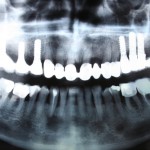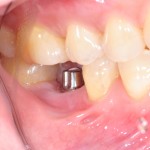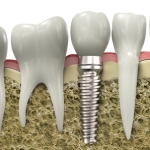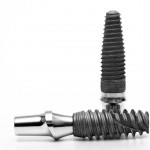
This review of the outcomes of early and delayed loading of dental implants included 18 RCTs. The findings suggest that early and delayed loading protocols had similar clinical outcomes. However none of the included studies was at a low risk and 13 of the 18 studies were considered to be at high risk of bias. While the findings are similar to other reviews teh availabel evidence is of low to very low certainty.
[read the full story...]

